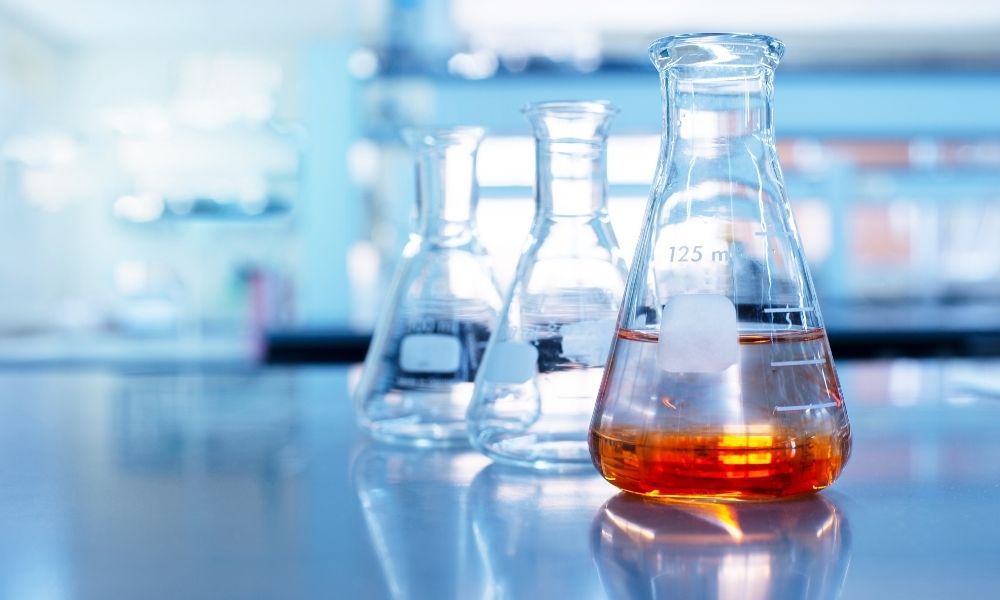Working with chemicals in an enclosed environment poses several safety risks. One of the most prevalent safety risks present in a laboratory is the inhalation of toxic fumes. When chemicals are inhaled, they can have numerous negative effects, such as eye, nose, and throat irritation. Depending on the quantity and type of chemical used, the potential impact of exposure may be far more severe or even deadly in some instances. As such, it is important to exercise extreme caution in the lab. Here are some essential safety tips for working with chemicals in a lab.
Wear Appropriate Personal Protection Equipment
One of the most important safety tips for working with chemicals in a laboratory is to wear appropriate personal protective equipment. To avoid contact with harmful chemicals that may burn or damage the skin, always wear long pants and close-toed shoes while in the lab. In addition, all lab patrons should wear gloves, goggles, and a lab coat. If you have long hair, make sure to tie it back to avoid accidentally dipping it into a chemical.
Ensure There Is Ample Ventilation
When working with chemicals in a laboratory, sufficient ventilation is crucial. Without adequate ventilation, toxic chemicals can accumulate in the air and create unsafe breathing conditions for lab patrons. While the responsibility of installing ample ventilation in the laboratory is up to your lab director, there are many ways you can maintain adequate ventilation as a student. Examples of ways to improve ventilation in the laboratory include learning how to use fume hoods properly and ensuring all ventilation equipment is unobstructed.
Know Where Emergency Equipment Is and How To Use It
Nobody ever expects an emergency to occur in a laboratory until one does. When working with dangerous chemicals, a few seconds can make the difference between a minor injury and a serious health issue. As such, it is imperative that you know where safety equipment is located in the lab, as well as how to use it. Examples of safety equipment that you may need to utilize in an emergency include fire extinguishers, eyewash stations, safety showers, fire blankets, and first aid kits.
Store Chemicals Properly
Another important tip for staying safe while working with chemicals is understanding and implementing proper storage practices. When potentially hazardous chemicals are mislabeled, stored at the wrong temperature, or stored with incompatible materials, they pose a serious health and safety risk.
To avoid disastrous mix-ups, it is important to include detailed labels on all items containing chemicals before placing them in storage. In addition, lab patrons should familiarize themselves with chemicals that are incompatible with one another to avoid storing them together and causing a potentially dangerous reaction.

